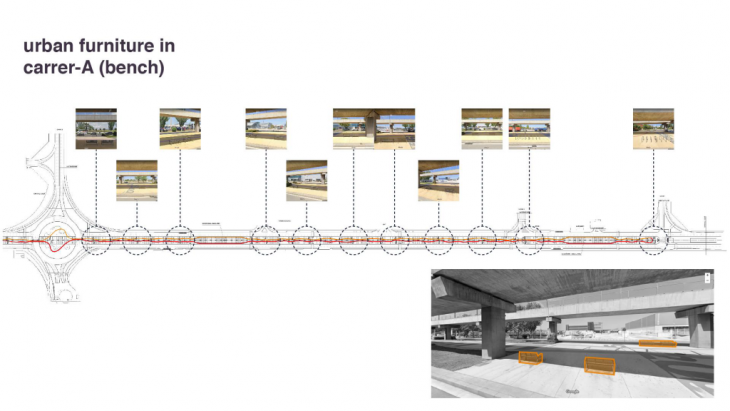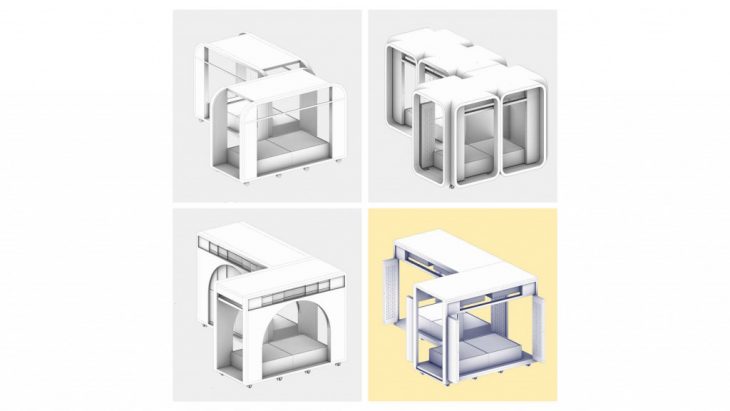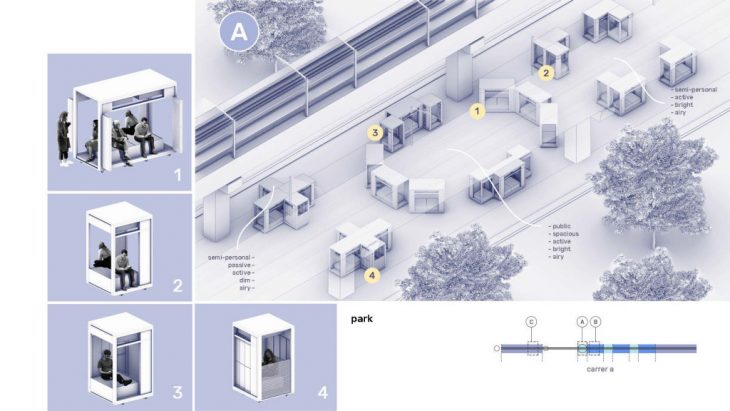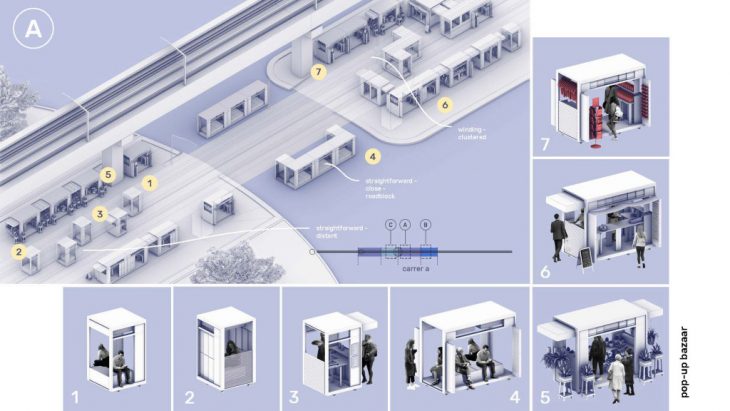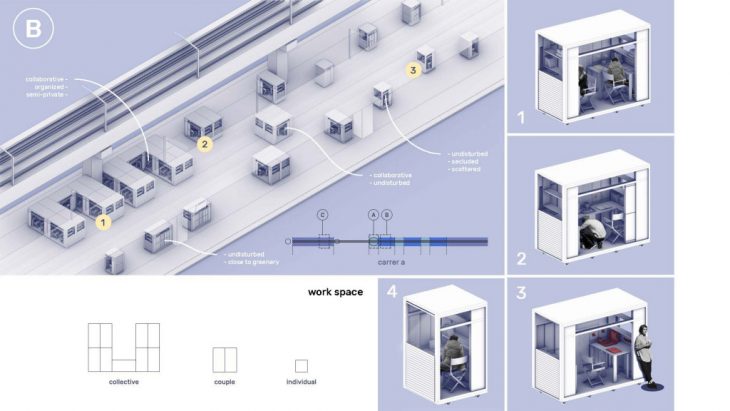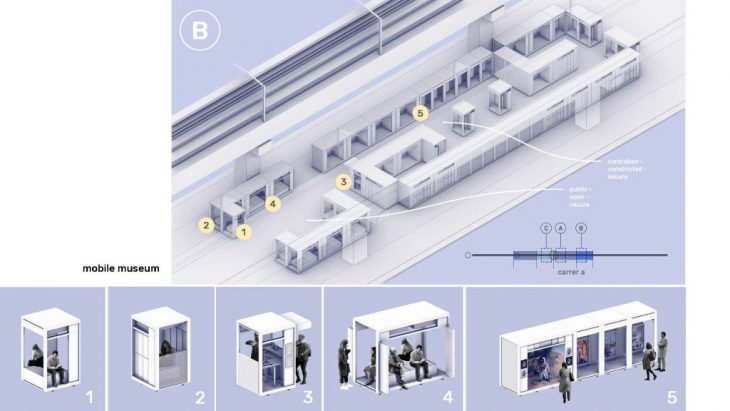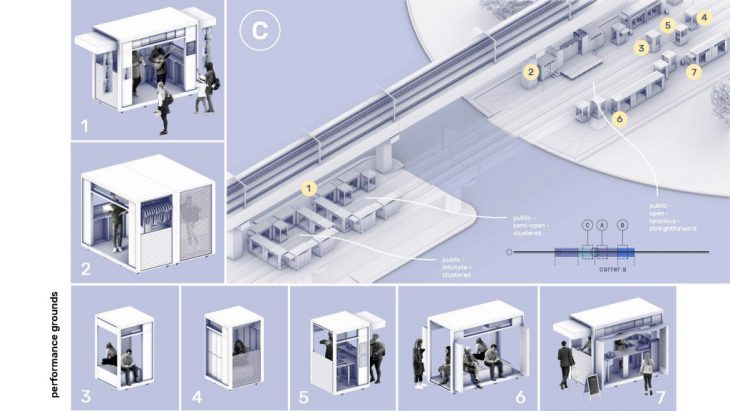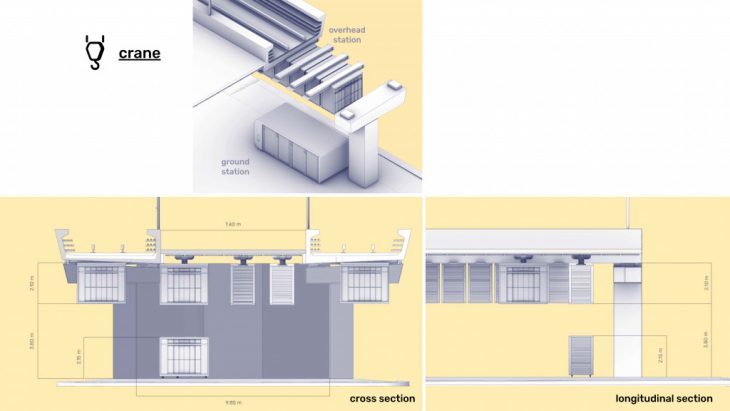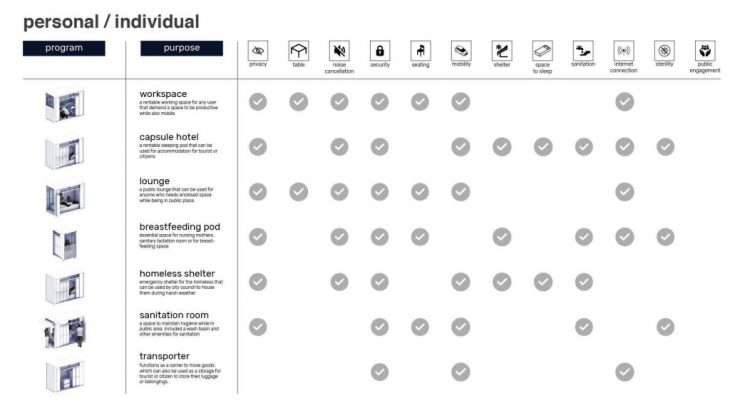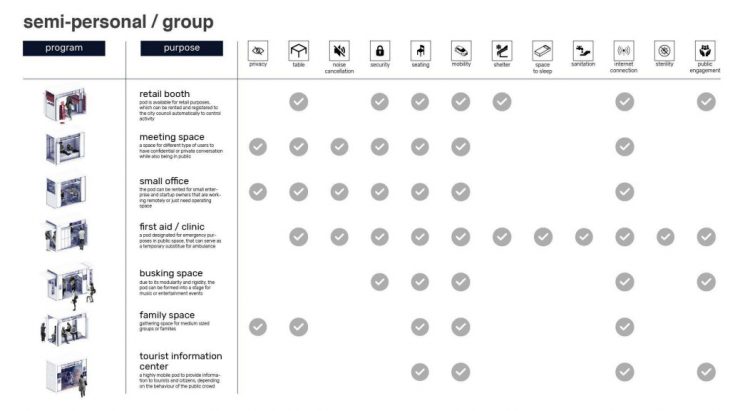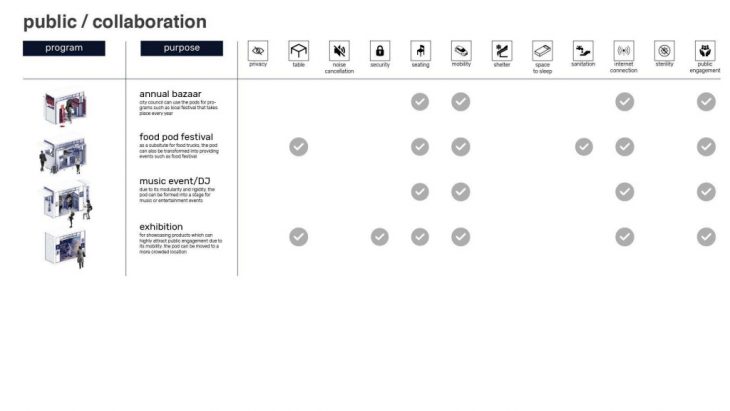The new Covid-19 has spread rapidly in cities around the globe. How might pandemic make us think differently about urban design in the future?
Modern cities weren’t designed to cope with life during a pandemic, and this upside-down way of living has turned them into “a disorganized array of disconnected bedrooms and studios”, says Lydia Kallipoliti, assistant professor of architecture at The Cooper Union in New York.
Zona Franca
The Zona Franca Industrial Estate is one of the largest and most active industrial areas of Spain and plays a major part in Barcelona’s economic potential. Currently, the metro’s south line 9 (and soon south line 10) enhances this connectivity with the metropolitan area. It is a geo-strategic platform in a privileged location, next to transport and international infrastructures such as the airport, port, access to highways and the large railway freight station. It is a gateway to the European Union, a natural and cultural bridge to North Africa and Latin America. Zona Franca comprises 145 companies plus located on its premises of 4,7 million square metres. Almost half of the district is mainly used for industrial, about 30% is for logistics and the third most used is the service sector. It is connected to 5 corridors that lead to important areas in Barcelona, such as Fira which is famous for world expo, or the B-10 highway which leads you to the neighboring cities of Barcelona.
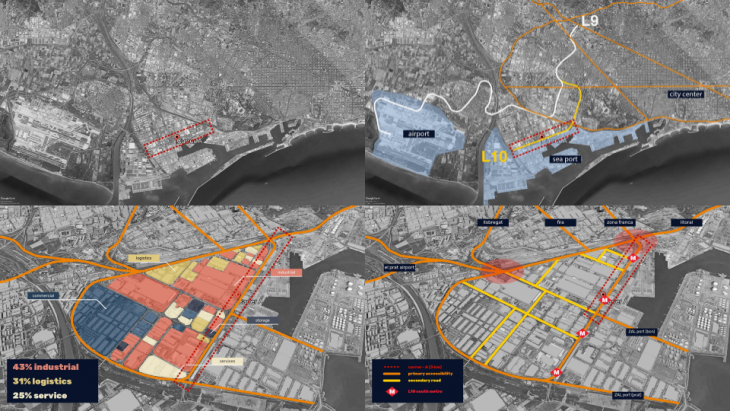
So then marked in red circle is the potential POINT for TOD or transit-oriented development, plus with the fact that now there’s a new metro line that makes it easier to reach Zona Franca, we thought that Carrer-A as an important gateway between the vibrant environment of Barcelona and the bustling industrial territory. Given the sites’ many advantages, we want to make sure that people have a continuous urban experience the same way as in urban areas when they enter or arrive at the Zona Franca. So we want to ensure the smooth transition.
Post-pandemic Urban Furniture
In the history of Architecture, there have been different visions of this same problem, from the bunker cities faced with the threat of a nuclear war, to biosphere cities as the iconic image of Buckmister Fuller’s dome over New York to protect us from environmental threats. Or on another scale, from the suggestive images for science fiction movies created by Syd Mead, to the developments of design and prototypes to create a community on Mars. Given the current circumstances of pandemic, what kind of urban element would allow us to have intermittency, and maintain personal space, but still be successive.
So how do we create urban furniture that can be transformed into other functions? How can we shift from adding urban elements that are uniform, into a more modular or adaptable urban element? And lastly, how do we make these urban elements to be more dynamic and portable. In a pandemic world, urban furniture should be more flexible to deploy but at the same time would allow us to maintain social distancing, and can be customized according to the users needs in a specific moment in time.
With the notion that citizens are shifting away from ownership to platform/sharing economy, we can adopt the same system when thinking about urban furniture. What if in the future, to rent an urban furniture a citizen must rent it by tapping a ‘utility card’ which contains credentials?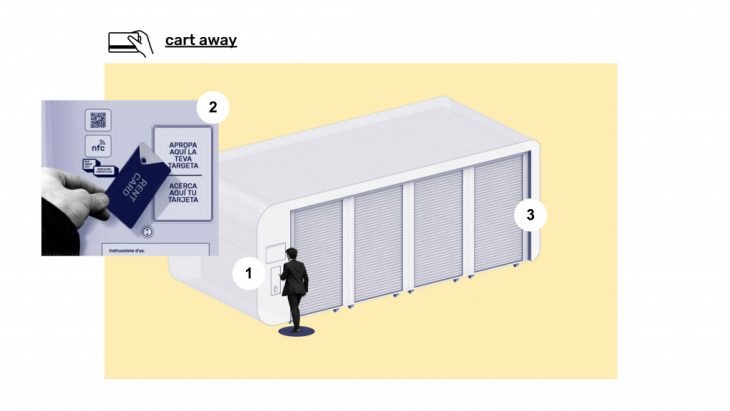
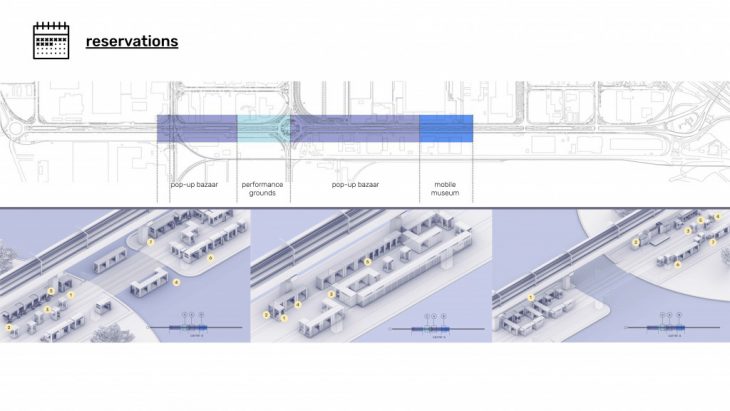 We started with a few alternative designs that considers human ergonomic, structure and also the aesthetic. All three factors are important to take into account when making transformable furniture that corresponds to the needs of different user.
We started with a few alternative designs that considers human ergonomic, structure and also the aesthetic. All three factors are important to take into account when making transformable furniture that corresponds to the needs of different user.
 Of all the things considered when designing, whether architecture or city planning, among the most important are private and public space, and the transition between the two. In times of pandemic, maintaining social distancing protocol is enforced in public spaces, limiting people to have close contact or make a big crowd. The pod is designed to be highly versatile both in terms of function and spatial interaction.
Of all the things considered when designing, whether architecture or city planning, among the most important are private and public space, and the transition between the two. In times of pandemic, maintaining social distancing protocol is enforced in public spaces, limiting people to have close contact or make a big crowd. The pod is designed to be highly versatile both in terms of function and spatial interaction.
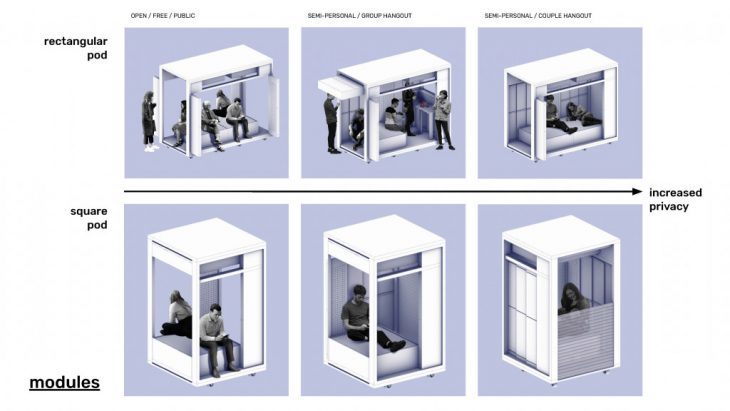
Illustrated below are the scenarios that could take place in urban setting with modifying arrangements and uses of the pods.
Urbiopods is a project of IaaC, Institute for Advanced Architecture of Catalonia
developed at Master in City & Technology in (2019/2020) by:
Students: Aryo Dhaneswara & Rovianne Santiago
Faculty: Willy Muller
